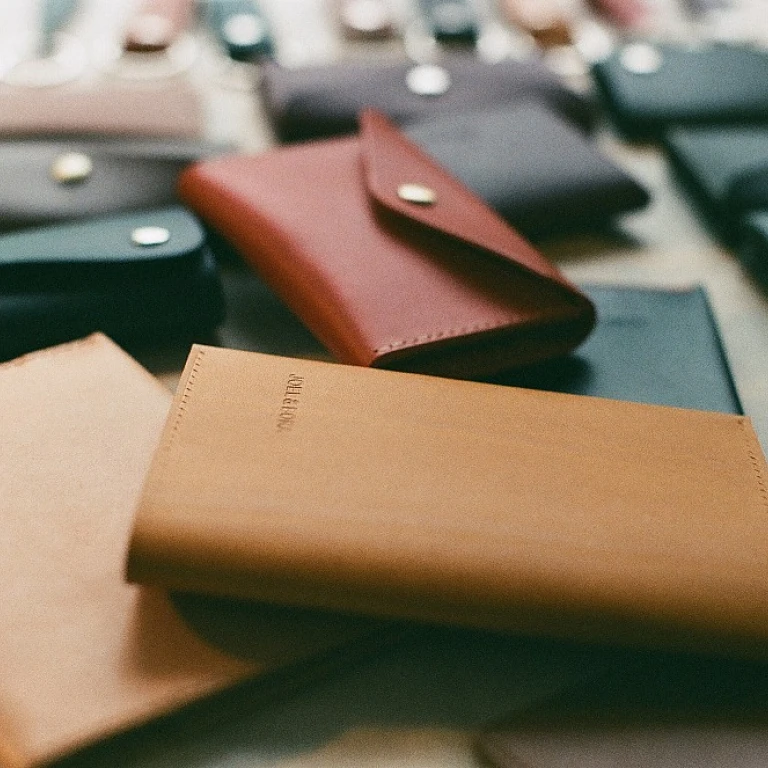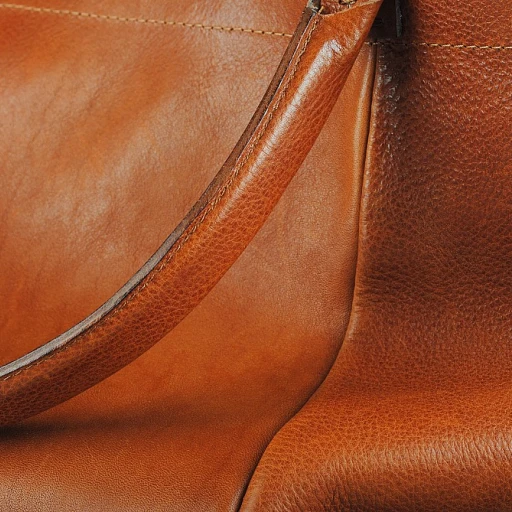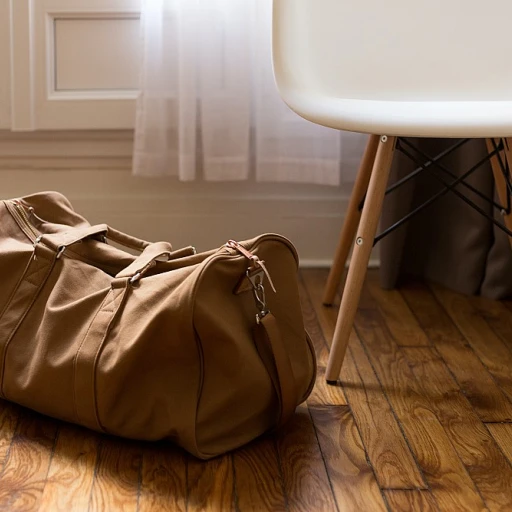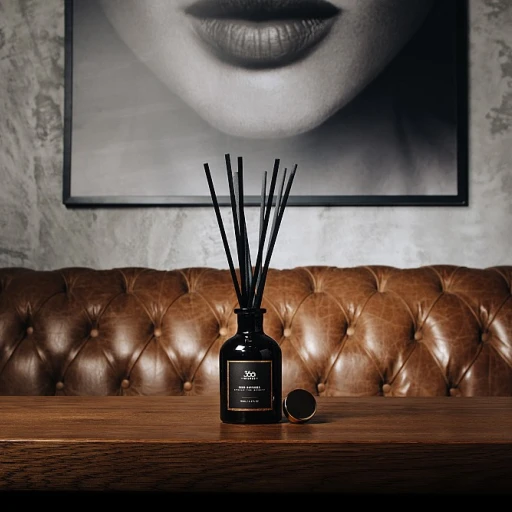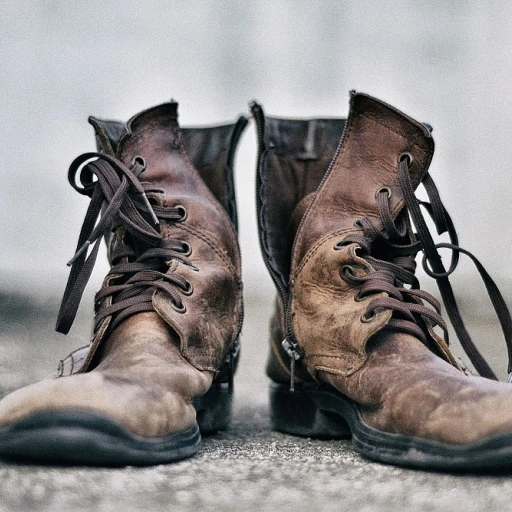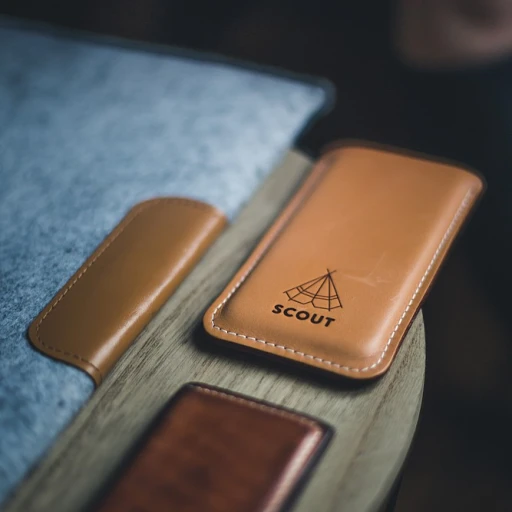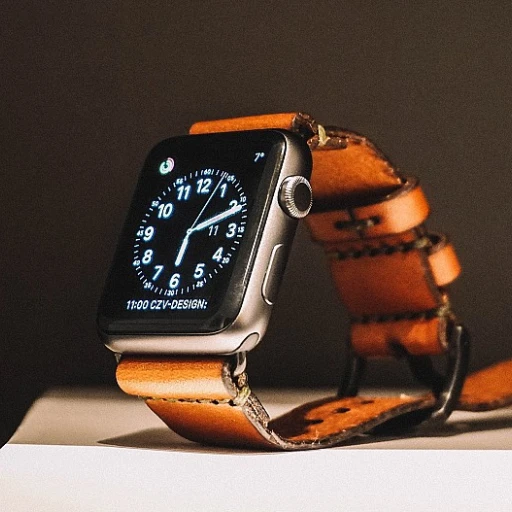Understanding the Nature of Oil Stains on Leather
Grasping the Essence of Oil Stains on Leather
Understanding how oil stains interact with leather is the first step in effectively tackling them. Leather, a porous material, can absorb oils quickly, causing them to become ingrained into the fibers. This makes treating oil stains on leather somewhat challenging if not addressed promptly.
The type of leather plays a crucial role in stain absorption. For instance, grain leather, known for its durability, is slightly more resistant to immediate staining compared to softer, untreated leather, but it's not immune. Once an oil stain lands on leather, it starts the process of penetration. Initially, only the surface area appears stained, which is why prompt action is essential.
To combat these stubborn stains, one needs a combination of quick action and the appropriate products. While immediate blotting with a clean cloth can help, incorporating specific
leather cleaner and care techniques ensures better results. Understanding what you are up against sets the groundwork for successfully removing oil stains from your beloved leather items.
Initial Actions to Address Oil Stains on Leather
When oil hits leather, quick action is vital. The first thing is to gently blot the area with a clean cloth. Do not press too hard, as this might push the oil deeper into the leather fibers. Use a dry cloth to absorb as much oil as possible without spreading it.
For thick grain leather, start by removing excess oil with a soft cloth. Then, lightly sprinkle talcum powder or baking soda over the stain. These powders are excellent at absorbing oils and can greatly simplify the cleaning process. Leave the powder on the stain for several hours or overnight, allowing it sufficient time to work its magic.
Once the powder has absorbed the oil, use a clean brush to softly remove it from the leather surface. Be cautious to not damage the leather grain during this step.
Key Household Solutions
Several household items can be effective in removing oil stains from leather without causing damage. One trusted method involves using a mix of dish soap and warm water. Dab a small amount onto a clean cloth and gently rub over the oil stain. Avoid excessive water use, as too much moisture can cause the leather to warp or stain.
Another option is to create a solution with white vinegar, a natural cleaner known for its versatility. Mix equal parts of water and vinegar, then softly blot the stain with the solution. Rinse with clean water and dry cloth to remove any residue.
Rubbing alcohol is another viable option for lifting stubborn stains. Apply it with a soft cloth, ensuring you test it first on a small, inconspicuous area. This will show if it's safe for your specific leather type.
For additional tips, explore our dedicated section on
choosing the ideal cleaner to suit your leather's needs.
Keep in mind, not all leathers react the same to these methods. Always take time to understand your leather type before applying any solutions.
Using Household Items for Quick Oil Stain Removal
Utilizing Everyday Household Solutions
When oil stains manage to unceremoniously land on your cherished leather piece, a quick response can salvage the situation. Several everyday household items can serve as effective remedies for treating grease marks or oil stains found on leather.
- Talcum Powder or Cornstarch: These powders excel at absorbing fresh oil from the leather surface. Generously apply talcum powder over the stain and allow it to sit and absorb the oil for several hours or overnight. This process will help the oil rise out of the leather's pores naturally. Afterward, gently brush off the powder with a soft cloth or a clean brush.
- Baking Soda: Similar to talcum powder, baking soda can be a savior. Sprinkle it over the affected area and let it sit. Baking soda works effectively to absorb excess grease and reduce staining.
- Dish Soap and Water: A mixture of mild dish soap and water can work wonders. Lightly dampen a clean cloth with this solution and gently blot the stained area. Avoid rubbing vigorously as it might damage the leather grain.
- White Vinegar: Known for its cleaning properties, white vinegar diluted with water can effectively break down grease. Dab the solution onto the stain using a soft cloth, taking care to test on a hidden area first to avoid discoloration.
Always remember to follow these actions with proper leather conditioning. The
secret to maintaining your luxury leather goods often lies in regular care to preserve the texture and longevity of your leather treasures.
Utilize these readily available solutions as part of your oil stain removal arsenal. However, keep in mind that each leather type may respond differently to these treatments. Proceed with caution and conduct patch tests whenever possible.
Specialized Leather Cleaning Products
Effective Cleaning Agents for Leather
When it comes to tackling oil stains on leather, specialized leather cleaning products can be a game changer. While household ingredients play a crucial role, certain situations demand a more tailored approach to ensure that leather maintains its original texture and appearance. Here, we'll explore some effective products designed specifically for cleaning leather.
Leather Cleaners:- Leather cleaners are formulated to cleanse without causing harm to leather's natural beauty. They break down oil and grease, allowing stains to be lifted effortlessly.
- Always choose a product that's suitable for your leather type, as the formula for full grain leather may differ from that for suede or nubuck.
- To apply, use a soft cloth or brush. Gently work the cleaner into the stained area and let it sit for a few minutes.
- Follow up with a dry cloth to blot any residue, ensuring not to leave the leather too wet.
Leather Conditioner:- After removing oil stains, applying a leather conditioner is vital to restore moisture and suppleness.
- These conditioners penetrate the leather, keeping it soft and resilient.
- Evenly apply the conditioner using a clean cloth, following the grain of the leather, and allow it to dry naturally.
Specialty Products:- Talcum powder and baking soda remain staples for absorbing excess oil. However, commercial powders designed specifically for leather can offer superior absorption.
- For deep-seated stains, leather care kits often include specialized tools like brushes and applicators that can enhance cleaning effectiveness.
Remember to patch test all products on an inconspicuous area before applying them to the stain to ensure there is no adverse reaction. Proper care and use of specialized products will not only remove current stains but also contribute to the long-term maintenance of your leather goods.
Preventive Measures to Protect Leather from Future Stains
Guarding Against Future Oil Stains
Preventing oil stains on leather is key to maintaining its luxurious appearance. Here are some proactive measures:
- Apply Leather Protector: Using a quality leather protector creates a barrier that helps prevent oil from penetrating the leather surface. Regular application will offer continuous protection.
- Dust and Clean Regularly: Routine dusting with a soft cloth helps remove surface dirt and grime. When needed, gently clean the area with a damp cloth to ensure no buildup forms that could trap oil.
- Mindful Handling: Be cautious when wearing products that might transfer oil, such as lotions or greasy foods, especially around your leather goods.
- Use Leather-Specific Products: Opt for a leather cleaner and conditioner that's tailored to your leather type. They help maintain the integrity and longevity of the leather.
- Store Wisely: Keep your leather away from oil-prone areas and direct sunlight, as it helps in maintaining not only the color but also preventing any possible oil stains or damage.
With an understanding of oil stains, immediate response steps, and how household items and specialized products play a role in cleaning, preventive care becomes a natural final step in ensuring your prized leather possessions remain stain-free and stunning.
When to Seek Professional Help
Why It's Sometimes Best to Call in the Professionals
Even with all the immediate and home-made measures, there are occasions when professional intervention is necessary to completely remove oil stains from leather. Here's when you might consider reaching out to a specialist:
- Persistent Stains: Despite your best efforts with household items and leather cleaning products, if the stain persists or has set deeply into the leather, it's time to consult a professional cleaner.
- High-value Items: When dealing with luxury leather goods, it's often wise to err on the side of caution and seek the expertise of a specialist. The value of the item might outweigh any attempts to resolve the stain without professional help.
- Delicate Leather Types: Some leather types, like high-grain leather or specialty finishes, require meticulous care. Professionals have the right tools and knowledge to handle such delicate materials without inflicting damage.
In many cases, professionals employ advanced techniques and equipment that are not available for at-home use. They might use industrial-grade cleaning solutions or custom methods specifically designed for stubborn grease removal that won't compromise the integrity of the leather.
Additionally, professionals can offer leather care tips and recommend products such as specific leather conditioners and cleaners tailored to your item's needs. For more insight into maintaining the luxury of your leather items, exploring guides on choosing the ideal cleaner is beneficial.
By seeking professional help, you ensure not only the effective removal of oil stains but also the prolonged life and elegance of your prized leather possessions. Remember, preventive measures are key, but an expert touch can make all the difference when unexpected stains arise.
